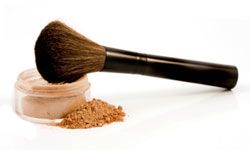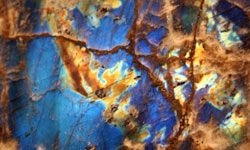If you've ever watched even a few minutes of an infomercial for mineral makeup, you've probably got the swirling, tapping and buffing technique down to a science. But what exactly goes into mineral makeup, and how is it different from traditional powders and foundations?
You'll probably find some of the ingredients used in mineral makeup on the label of your regular old powder, but most cosmetics include preservatives and other ingredients in addition to any mineral components. Mineral makeup, on the other hand, typically contains just four or five pure minerals chosen for their specific cosmetic properties, like the first essential element on our list, whose very name suggests its ability to help you shine.
Advertisement

